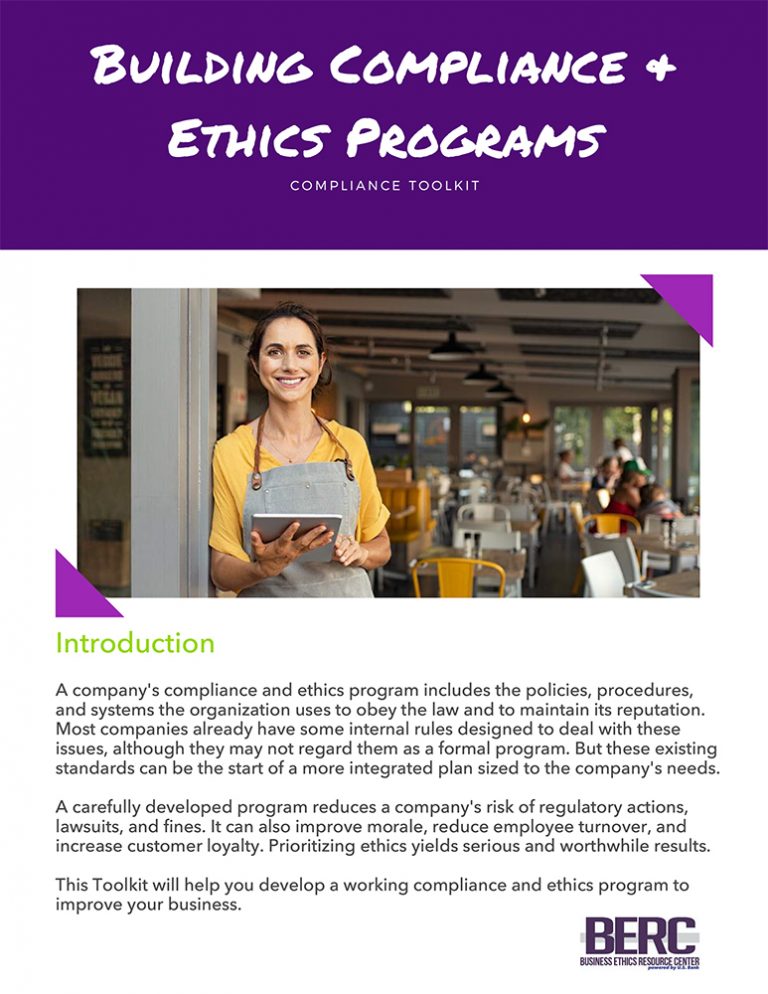By Ernest Owens NOVEMBER 15, 2020 — 2:00PM
Q: What steps do you go through when you make a business decision?
A: The assumption is you are conducting a cost vs. benefit analysis. You are in a situation where you want to optimize your return. First state the problem clearly; what are you trying to improve? Then have someone or group you trust give their insight on the issue. Will your decision enhance or detract from your stated objectives? Once confident you understand the issue, define the cost to do it both quantitatively and qualitatively.
On the quantitative side, what cost outlays will you have for doing the change? There are obvious ones such as direct funds to make the change, but what are the total costs that may be hidden within the organizational structure of your enterprise? Will there be training, replacement or opportunity costs masked by taking resources from other projects or products for this decision?
Qualitatively, what are the intangibles you perceive or desire from the decision? Having investigated the stakeholder community influenced by this decision, think about the goodwill, brand recognition, customer acceptance and community embrace possibly garnished by implementing the outcome of your analysis.
There will be both positive and negative potential risks. The outcome could bring greater market appeal. Therefore, you should know what demands will be put onto your delivery systems. Your internal organizational factors may not withstand the increased expectations. You may also have discovered a way to absorb additional untapped capacity, yielding better efficiencies. In either case, pay attention to the unintended consequences presented by your decision. Having your internal stakeholders conduct an analysis on alternatives may render other scenarios equally or possibly more beneficial.
Take the time to look for different solutions that could make a hurried decision more productive. If the decision is made in a sense of urgency, know you might miss out on better alternatives. In either case, review the decision later for lessons learned from this or similar decisions to enhance organizational learning. This new insight can become the basis for future decisions and allow you to execute follow-on decisions more effectively, quicker and with greater confidence.
Ernest Owens is an assistant professor of management at the University of St. Thomas Opus College of Business.
This article originally appeared in the Star Tribune. Used by kind permission of the Star Tribune.



Recent Comments